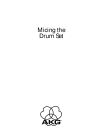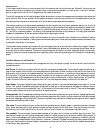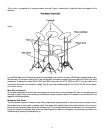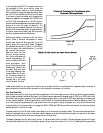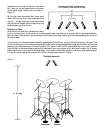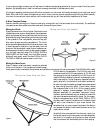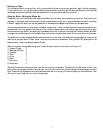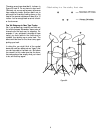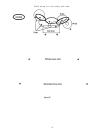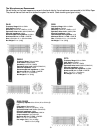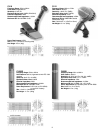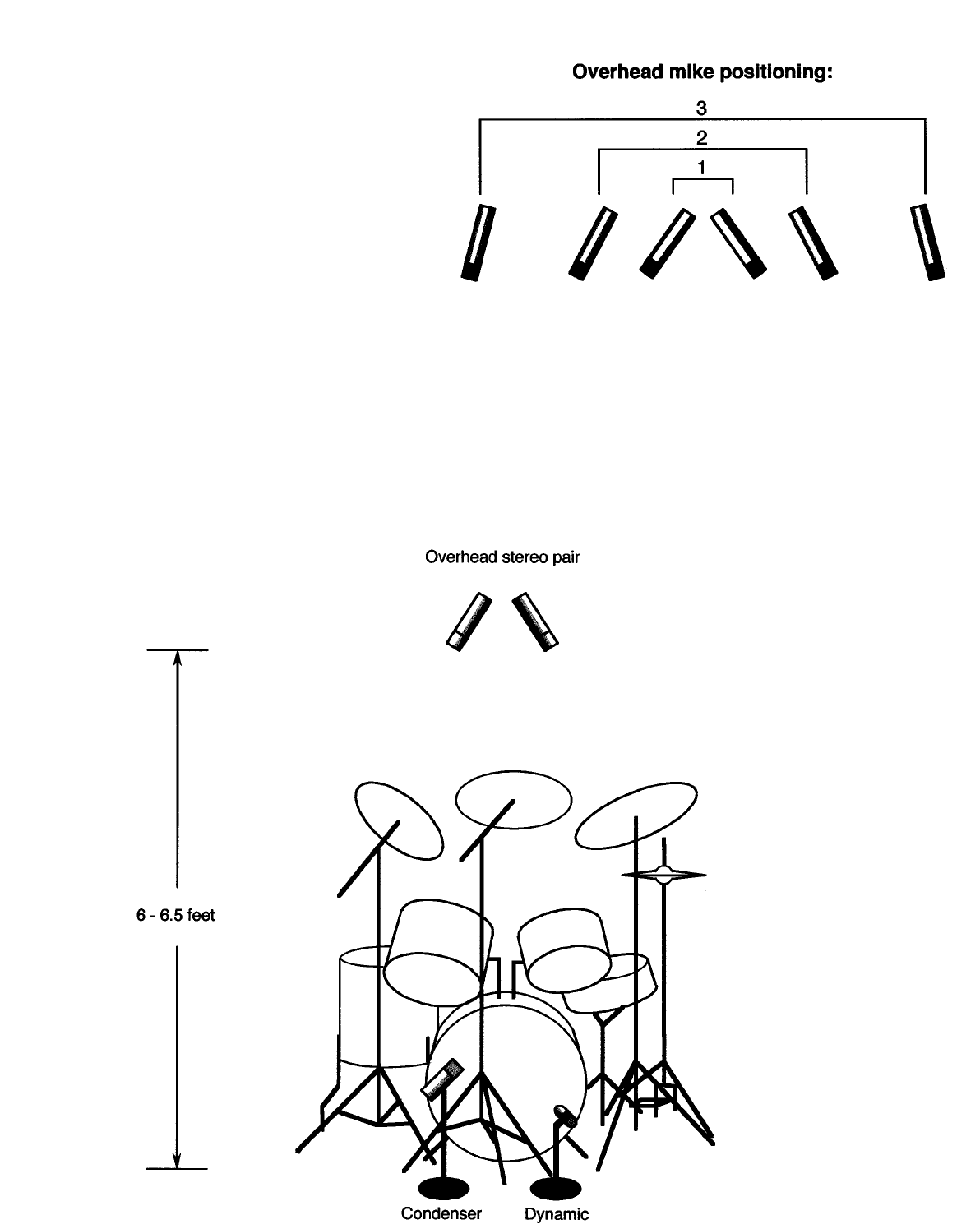
directions on the hi-hat and big tom), the sound
will “open up” and will seem wider on the repro-
duced stereo stage. Details here are shown in
Figure 4.
By the way, good drummers often know more
about drum micing than many engineers think
they do -- at least they know what has worked
well for them in the past. Listen to them; they may
be able to save you a lot of time.
Putting it on Tape:
So far we’ve only used four microphones (count-
ing 2 on the kick drum), and if you are in a tracking session, each one should go to its own track dry and unprocessed for
later mix-down. Alternatively, if you are doing a direct-to-stereo recording, keep in mind that any processing you do cannot
be undone easily.
In the monitor mix, take advantage of stereo by spreading the OH mics from, say, just a little left of center to far right. This
will give a clear picture of the drum set occupying the right half of the reproduced stereo stage, and this effect will be more
pleasing if you have placed your OH mics to position 3 in Figure 4. With the OH mics arrayed like this you will have the
entire left half of the stereo stage to place other instruments, such as the piano, which are miced in stereo. By all means
place the kick drum in the center of the stereo stage. This is where it historically has been -- and where most listeners expect
it to be. An overall view of the drum set with the four microphones is shown in Figure 5.
5
Figure 4
Figure 5



